To Find a Monarch
By Kathryn Lane
Mexico, my country of origin, is a cultural
paradise. I always experience a nostalgic yearning for the traditions I grew up
with, especially during the last quarter of the year, which is rich with
festivities. Starting in September, we have holidays that spill over into
multiple days, like the 15th and 16th of September,
independence day. Posada time, from December 16th through the 24th,
brings out families from entire neighborhoods where revelers of all ages gather
in candle-lit processions singing Christmas carols along the streets until they
arrive at the host house for that evening. At the designated home, the carolers
sing “Para Pedir Posada” to reenact Mary and Joseph’s journey into Bethlehem
asking for shelter before the birth of Jesus. The hosts, after several stanzas,
invite the revelers in for food, drink, and games for the kiddos.
Wonderful as Christmas and Independence
celebrations are, it’s Día de los Muertos (Day of the Dead) on November 1st
and 2nd, that makes my soul yearn for a trip to the state of
Michoacan.
When I was twelve, my mother took me to Lake Pátzcuaro
to experience a vigil in a cemetery where townsfolk would commune with their departed
loved ones by sharing music, dance, food, and drinks.
I’ve never forgotten the scene when we arrived.
Lake Pátzcuaro’s famed butterfly net fishermen, their canoes filled with bright
orange cempasúchil, or marigolds, floated on the lake like a colorful flower
market. The marigolds, like rays of sun dropped along the way, to lead the ancestors’
spirits into town where ofrendas, or altars, awaited them in the private homes
of their earthly relatives.
We climbed into a vividly decorated canoe to
navigate to Janitzio, the largest
island. On the way, Mother told me Día de los Muertos is a truly Mexican tradition, a legacy of indigenous Aztec practices. The
Aztecs recognized that death was part of the continuity of life. Yet Pátzcuaro
is P’urhépecha¹
territory, the other powerful Mesoamerican empire, the one the
Aztecs never conquered.
The two empires fought many battles. Yet, the Purépecha integrated the Day of
the Dead as their own.
We were mid-lake when a
butterfly brushed its brilliant orange-red wings with black veins on the golden
marigolds. The fisherman smiled, saying, “Está perdido este ancestro. Debe tener familia en
Rosario o Angangueo.”
Mother agreed the
butterfly was lost and had overflown its winter home near mountain villages. She
explained that monarchs migrate yearly from Canada and the US to the high elevations
of Michoacán where they cluster on oyamel
trees to spend the winter. They start arriving at the end of October,
coinciding with the Day of the Dead celebrations. The local people believe the
butterflies are the spirits of their ancestors returning home.
I remember asking if we would
visit the monarchs.
Yet, we never trekked to
the monarch’s overwintering sites. When I see a butterfly, it reminds me of that
trip we never took.
My brother, Jorge Lane, is
a nature photographer and monarchs are one of his favorite subjects. He’s
visited several sanctuaries to photograph them.
Carlos Gottfried, a butterfly
conservationist in Mexico, said: “When you stand in a Monarch butterfly
sanctuary, your soul is shaken and your life is changed.”
Gottfried’s quote
beckons me to find monarchs overwintering on Oyamel firs to fulfill that trip
never taken.
¹ Also
known as the Tarascan.
For fun articles on Mexican holidays, you can purchase: The Insider’s Guide to the Best Mexican Holidays. It will be available in Kindle format on Amazon on December 17, 2021. Nineteen authors, including yours truly, contributed articles.
HAPPY HOLIDAYS TO EVERYONE AT STILETTO GANG!!!
Photo
credits:
Monarca
Encantadora© by
Jorge J. Lane
Rosario
Monarca© by Jorge J. Lane

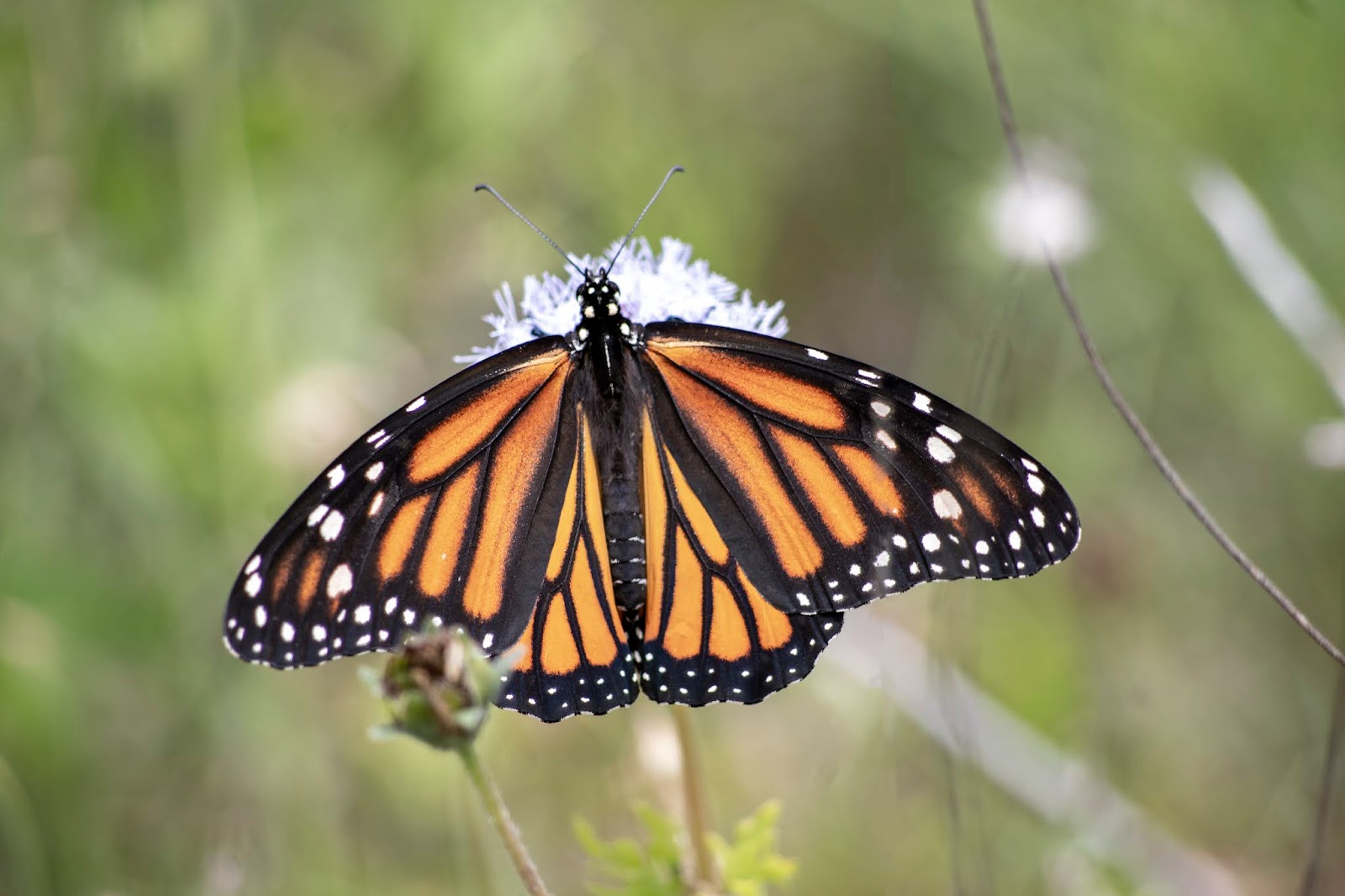
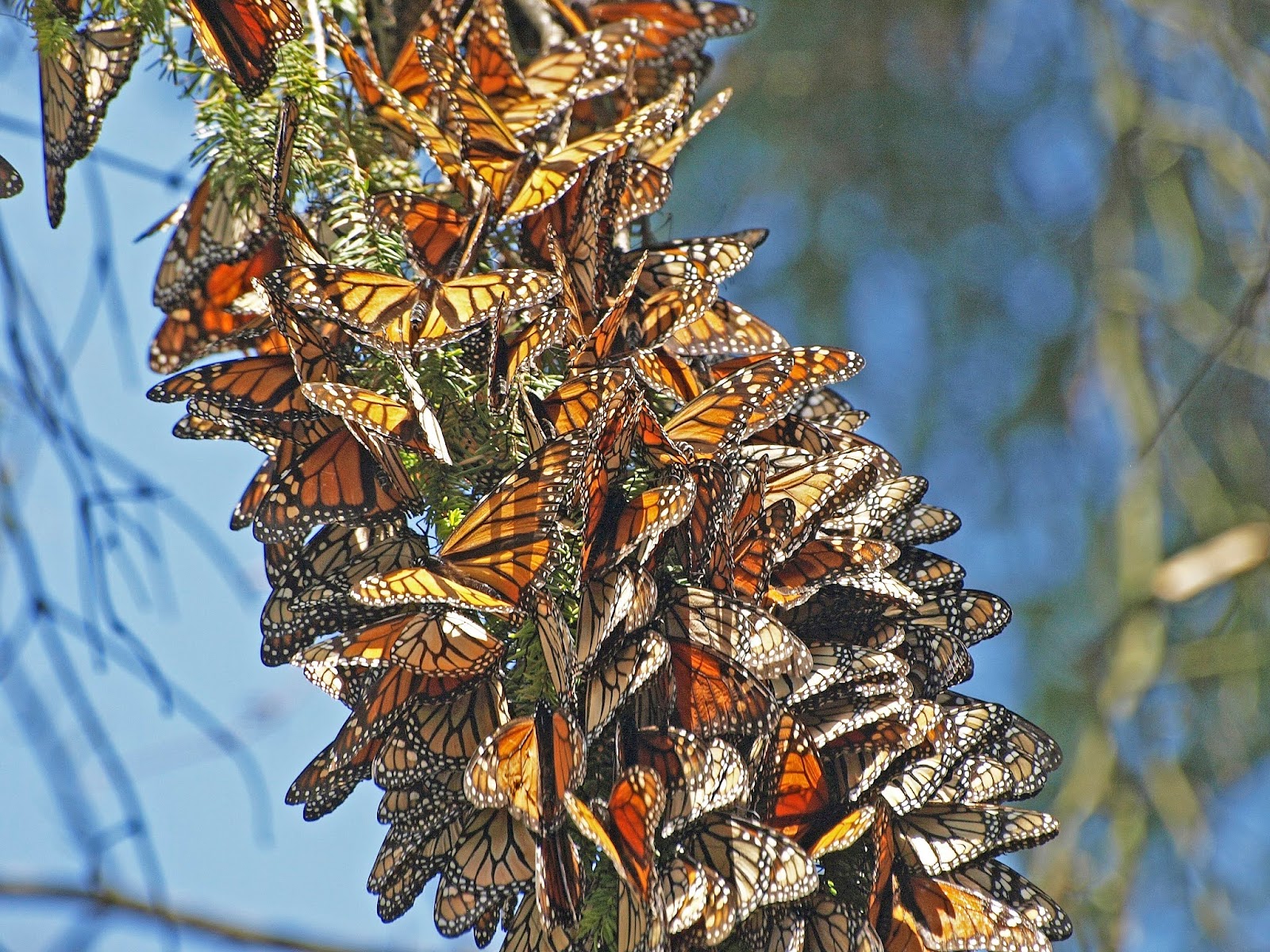
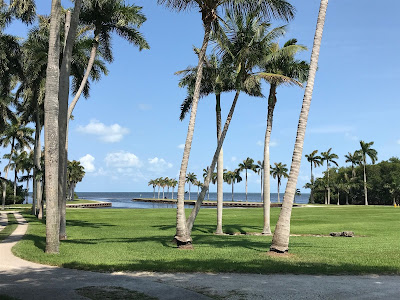
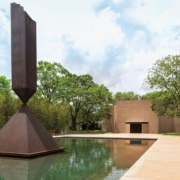


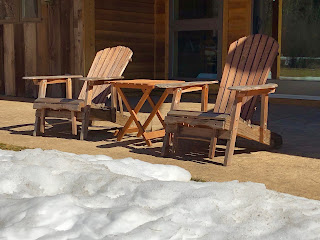

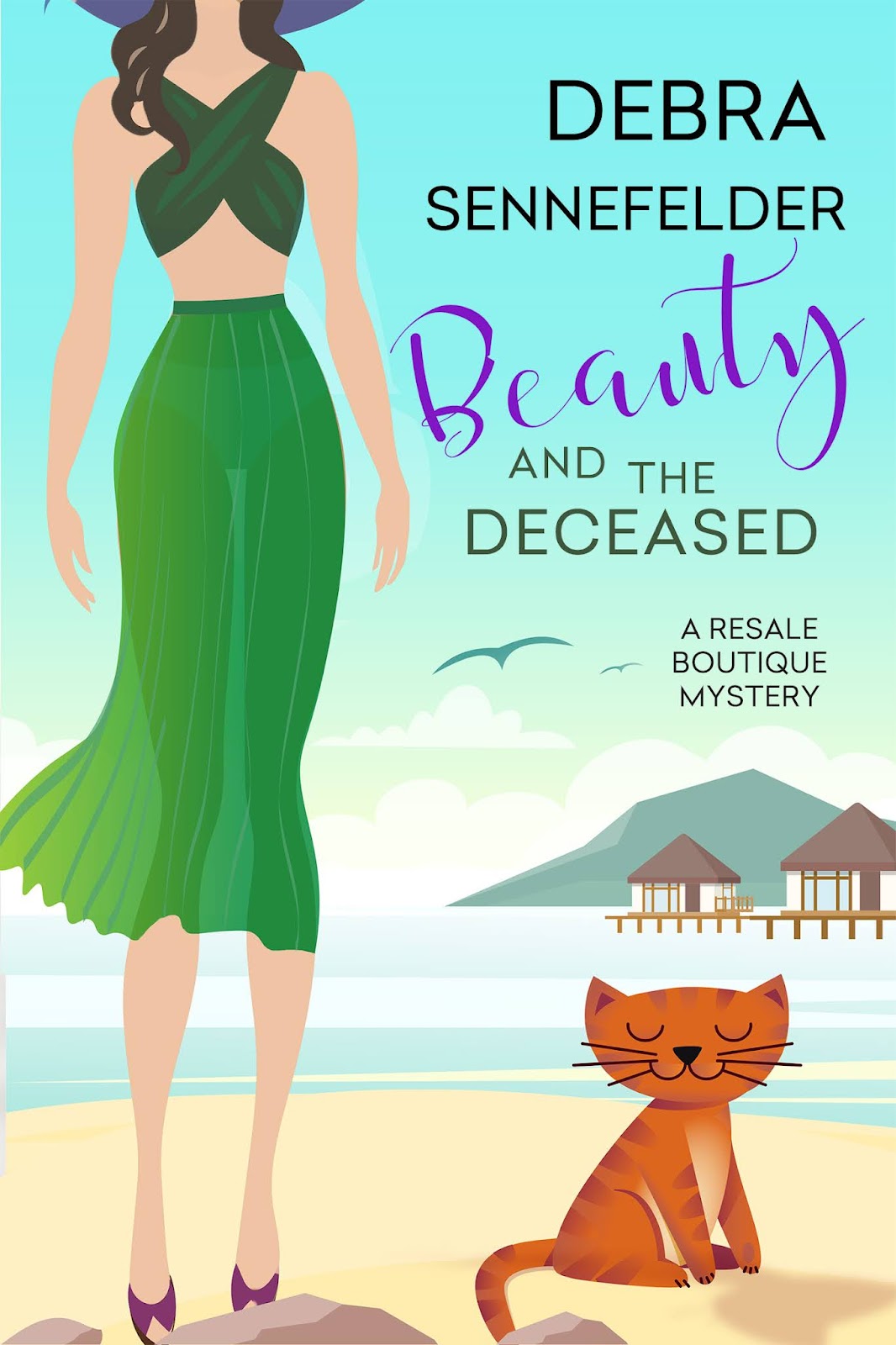
Loved your post, Kathryn. What a rich heritage you have! For years now, I have yearned to go to the butterfly sanctuary.Maybe next year…